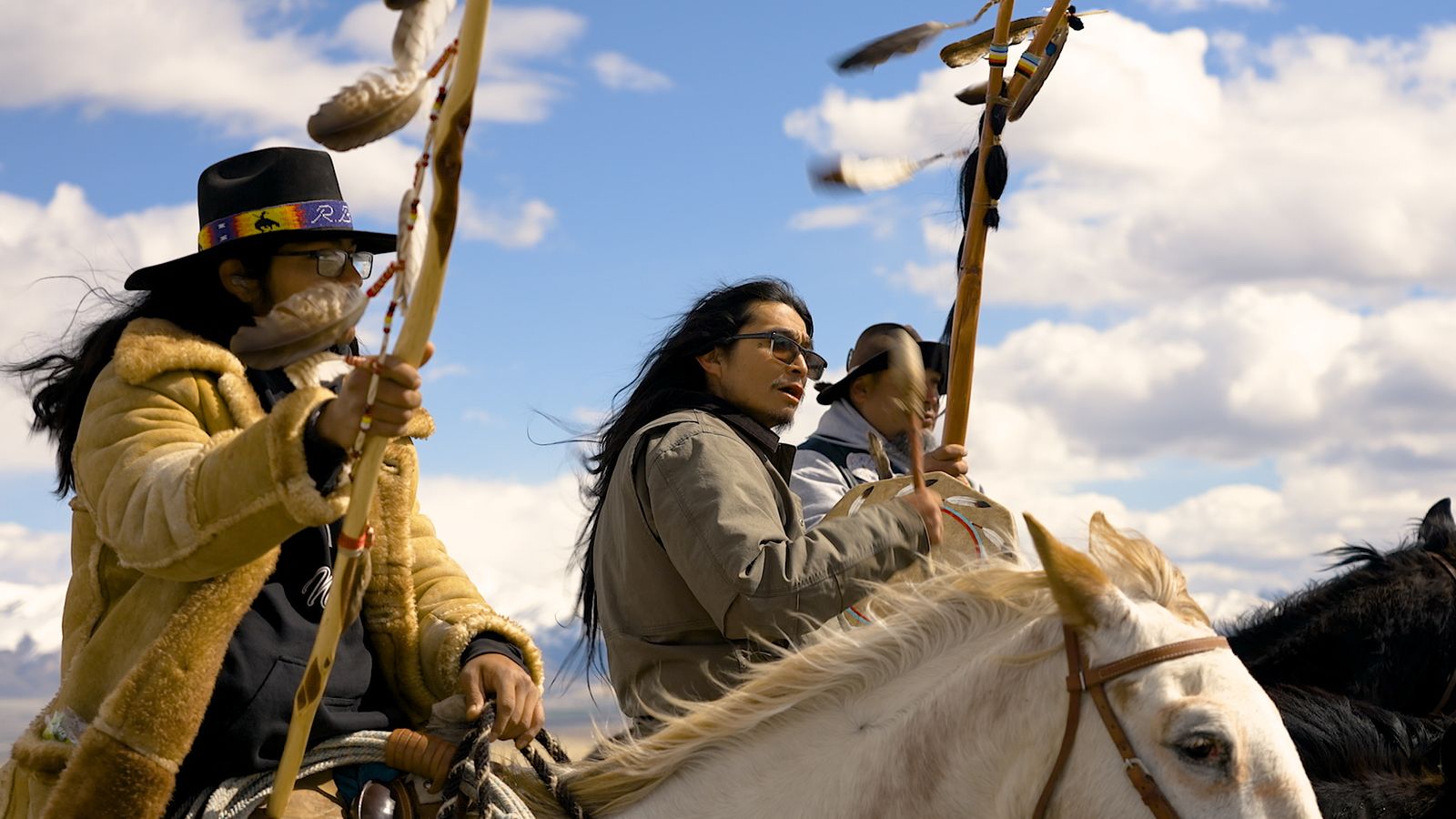A controversial lithium mine is currently being built on what Native Americans consider to be sacred ground in Nevada. The land, located near the town of Thacker Pass, is believed to be the site of a massacre of Paiute people that took place in the late 1800s.
The project, known as the Thacker Pass lithium mine, is being developed by a Canadian company called Lithium Americas. The mine is expected to produce lithium, a key component in electric car batteries, and is seen as a strategic asset in the push for renewable energy.
However, the construction of the mine has sparked outrage among Native American groups who believe that the land should be protected and preserved as a sacred site. According to tribal leaders, the area is of great cultural and historical significance to the Paiute people, as it is believed to be the site of a massacre in which hundreds of Paiute men, women, and children were killed by white settlers.
Tribal leaders have called for the mine to be halted and for the land to be returned to the Paiute people. They argue that the desecration of sacred sites is a form of cultural genocide and that the destruction of these sites erases important aspects of Native American history and heritage.
Environmental activists have also joined the fight against the mine, citing concerns about the potential environmental impact of the project. They argue that the extraction of lithium could pollute water sources and harm wildlife in the area.
Despite the protests and legal challenges, the construction of the Thacker Pass lithium mine is moving forward. The company behind the project has defended its actions, stating that it has consulted with Native American groups and has taken steps to minimize the environmental impact of the mine.
The conflict over the Thacker Pass lithium mine highlights the ongoing tensions between development and conservation, as well as the need to respect and protect sacred sites and indigenous rights. As the project continues to progress, it remains to be seen how the concerns of Native American groups and environmental activists will be addressed.
